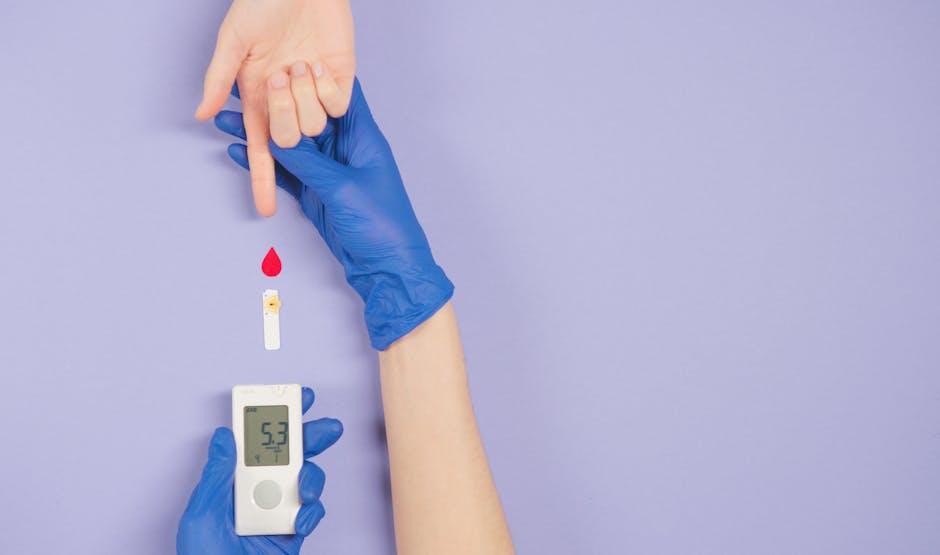Many people see bugs during or shortly after a bite or sting, helping them identify the culprit. But some bugs, such as bedbugs, mosquitoes, or spiders, may bite while a person is sleeping, so it may take some effort to work out which type of bite it is from the skin symptoms alone.
- The size of mark at the site of the bite (may be less visible on dark skin)
- The level of pain or itchiness
- The size, shape, and number of rashes
- The color and appearance of bite marks
- The pattern of bites, such as grouped together or in a zigzag formation
- The location of the bites on the body
- How raised the bumps are
- Whether the bug is still attached to the skin, such as during a tick bite
Bedbug bites differ from other bites in a few ways:
- They can appear anywhere on the skin that clothing doesn’t cover while you’re sleeping. Flea or chigger bites, on the other hand, usually only appear around your ankles, Durham says.
- They sometimes bite in a zigzag pattern.
- Bedbug bites don’t normally have a red dot in the center, while flea bites usually do.
Bedbug bites tend to stick around longer than mosquito bites, though they look very similar.
In most cases, the only way to say for sure whether it was a bedbug that bit you is to search for evidence of bedbugs living in your home. “Once you start to notice the itchy bites, the second giveaway is the presence of small blood spots on your sheets or mattress, usually resembling patches of rust,” Durham says.
Durham advises the following methods for seeking out bedbugs:
- You’ll likely only see them in their hiding spots or crawling across the floor since, unlike other insects, bedbugs cannot fly or jump.
- Check along the edges of your mattress. You may see the exoskeletons that bedbugs have shed as they matured.
- You may notice a musty smell that indicates bedbugs in the area.
- It can be helpful to check your bed with a flashlight during the middle of the night, when they’re more active.











